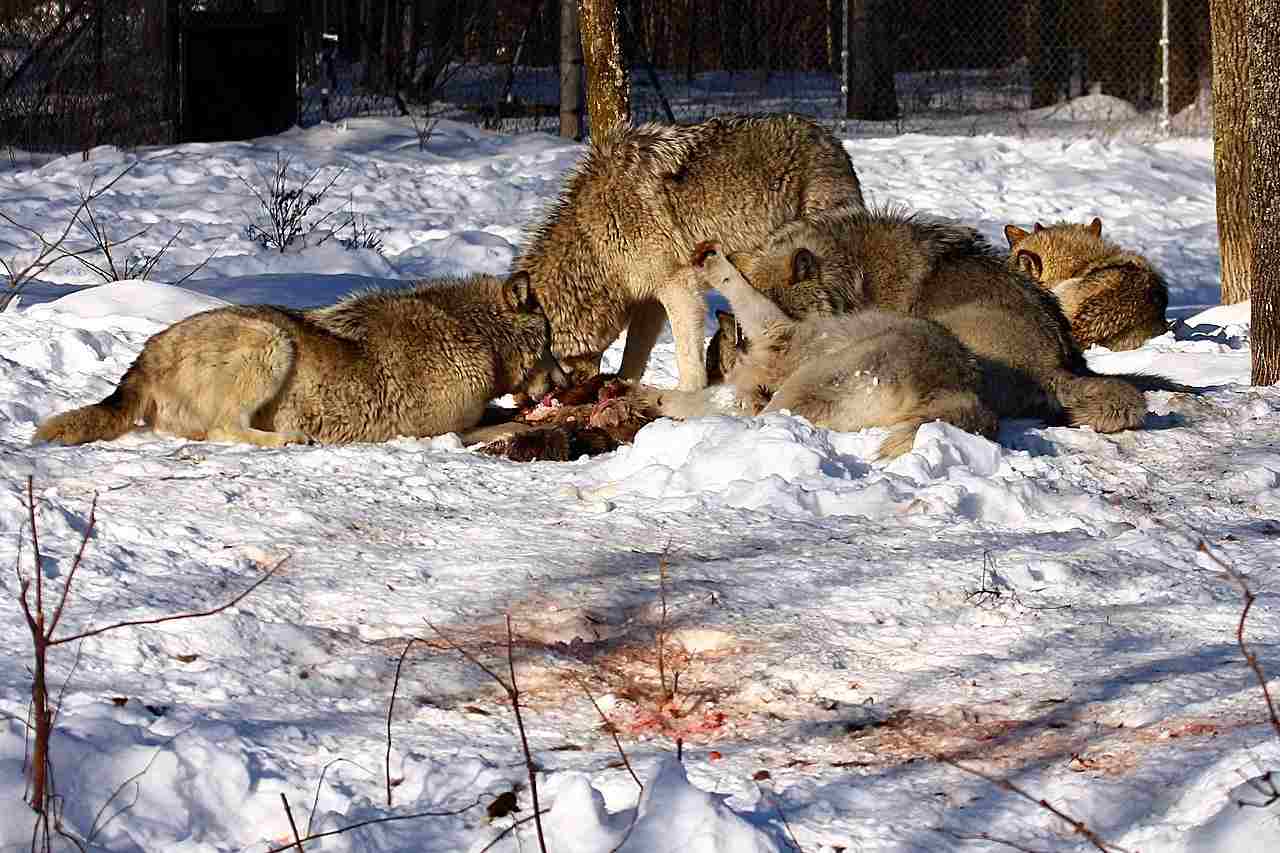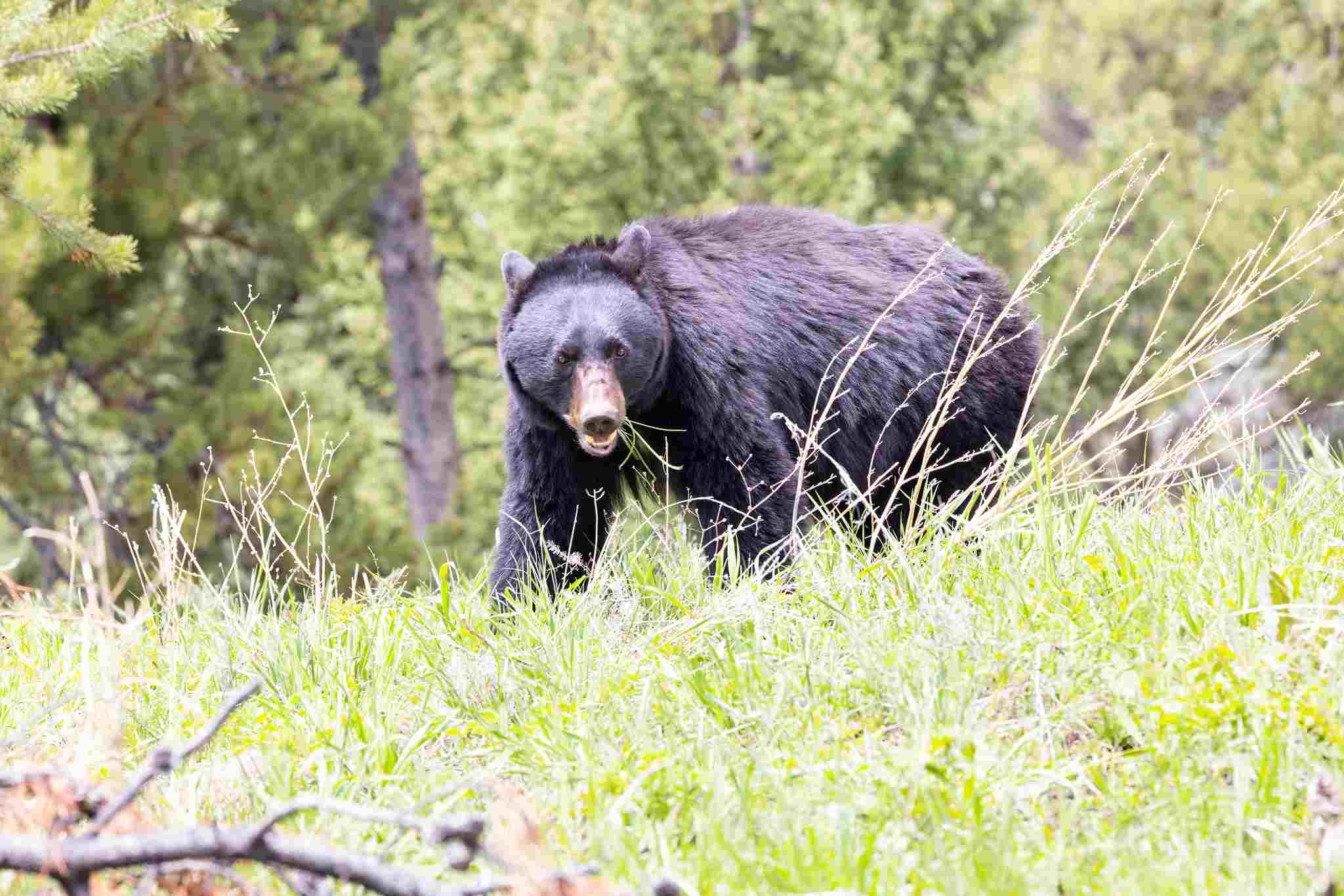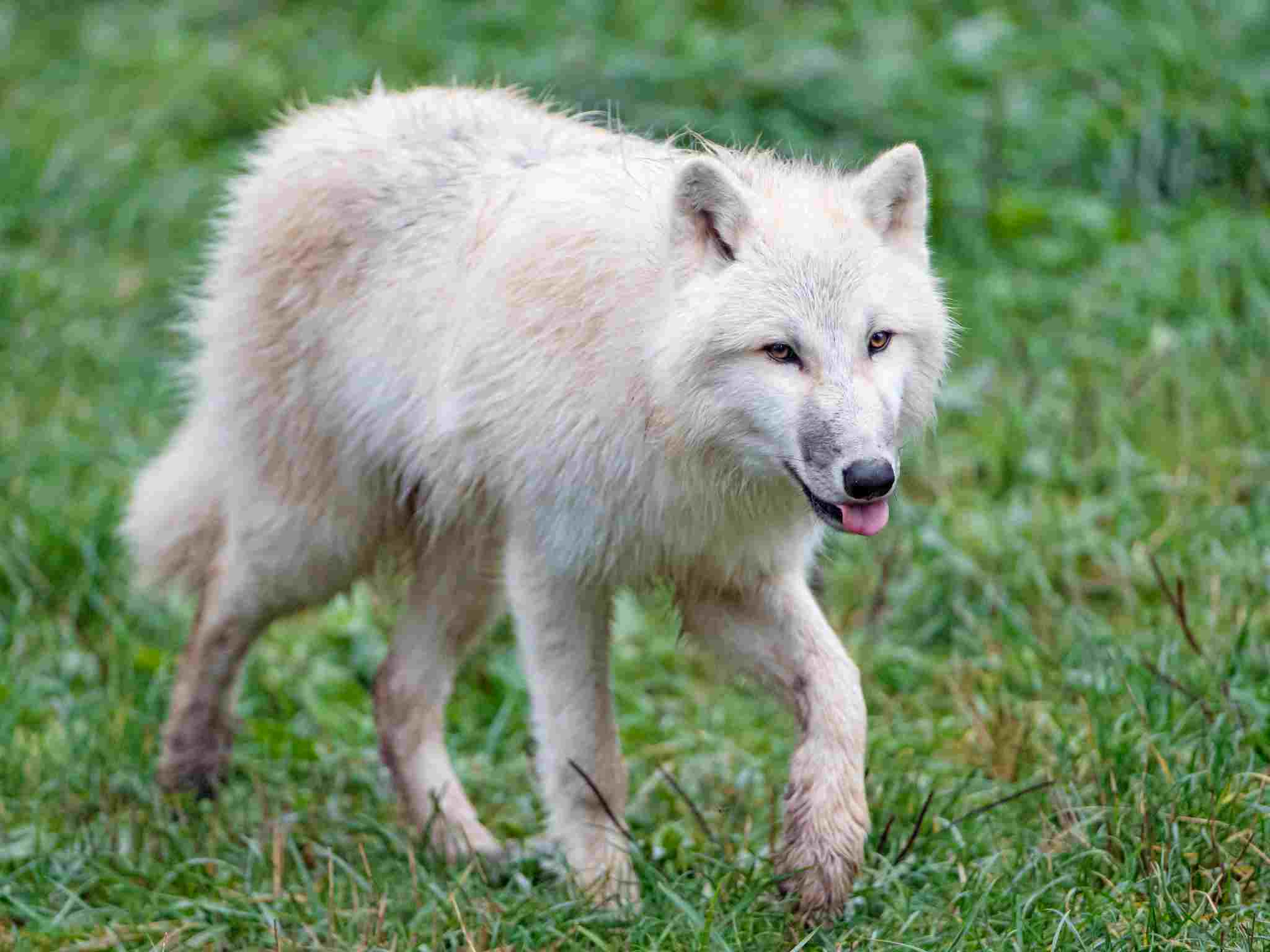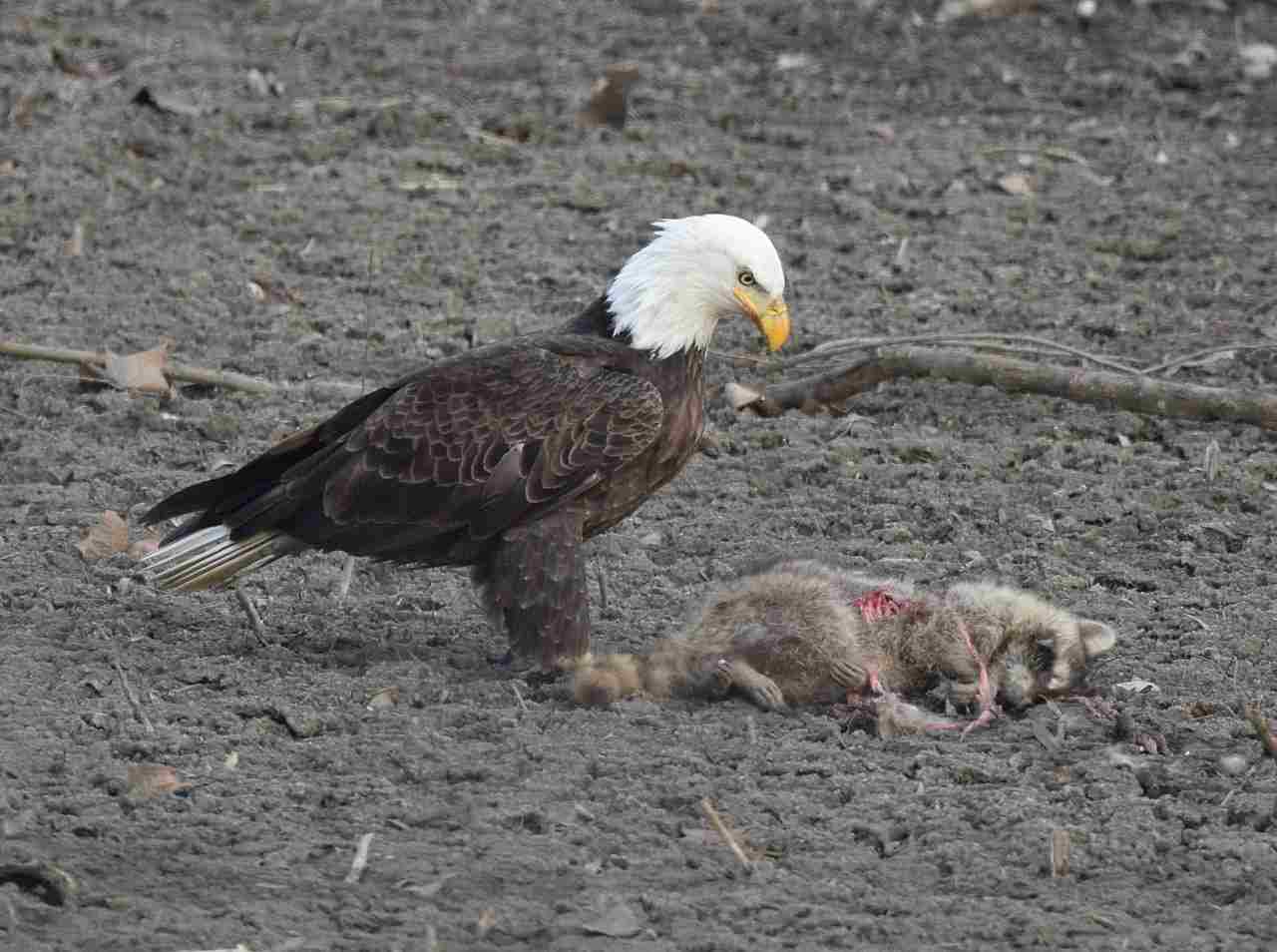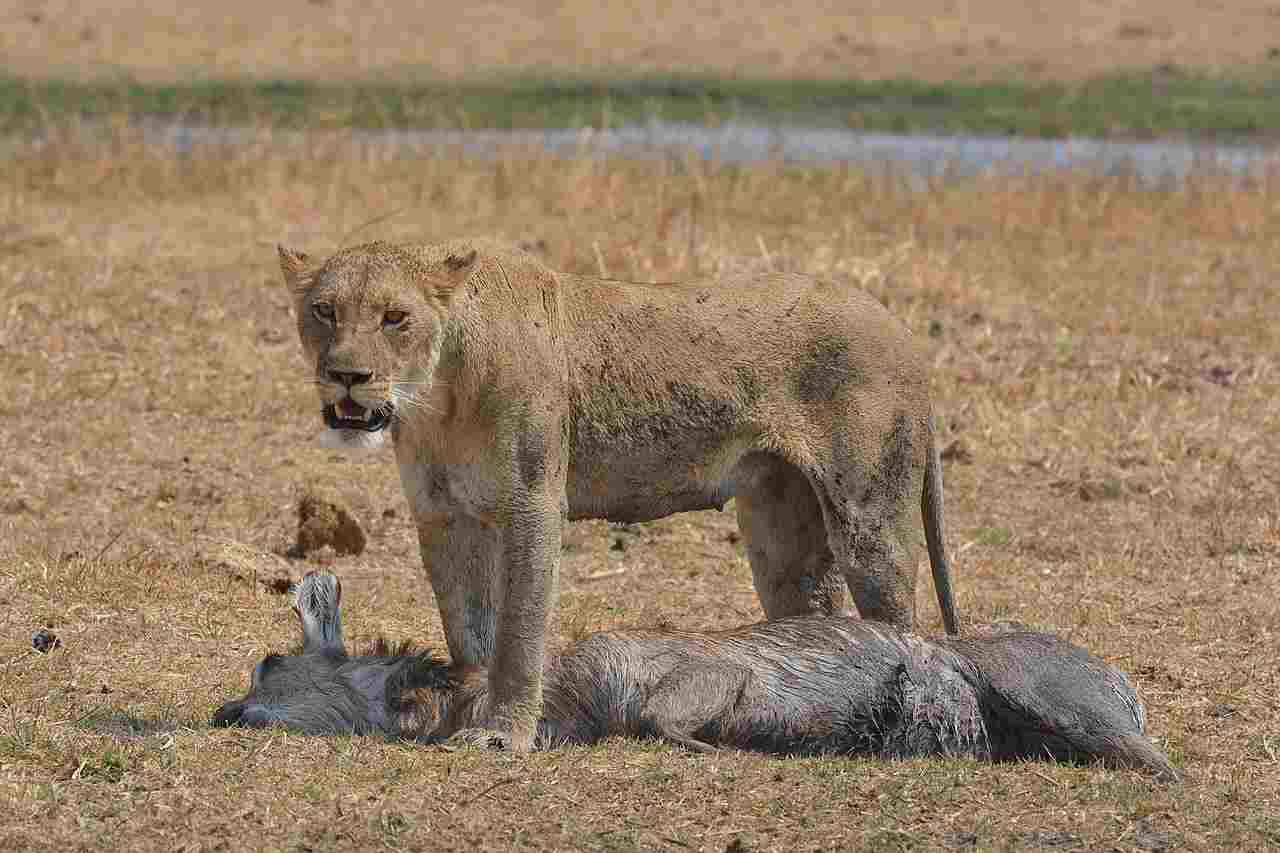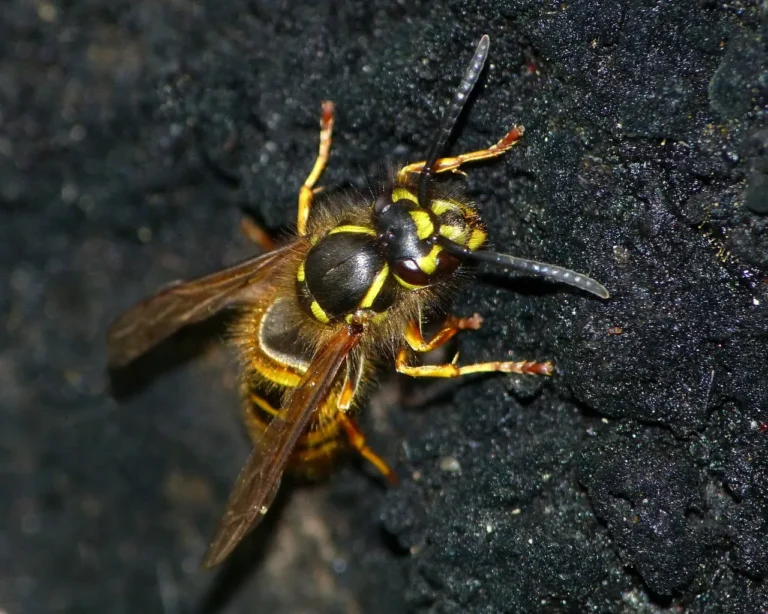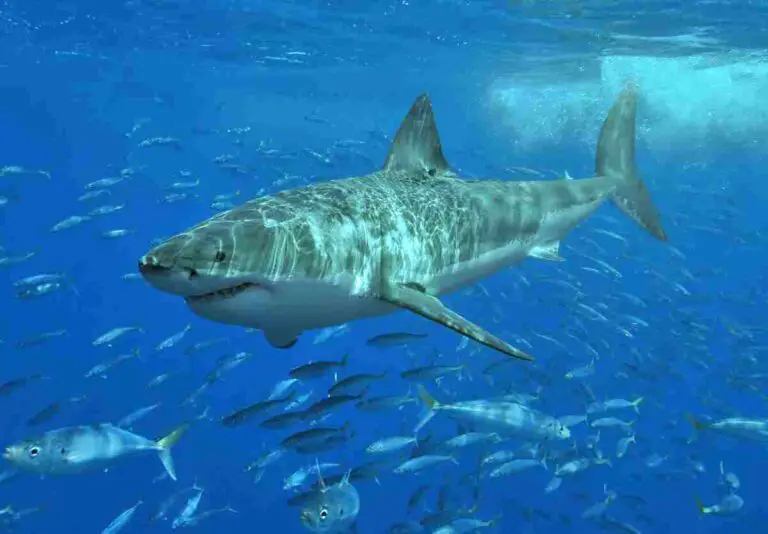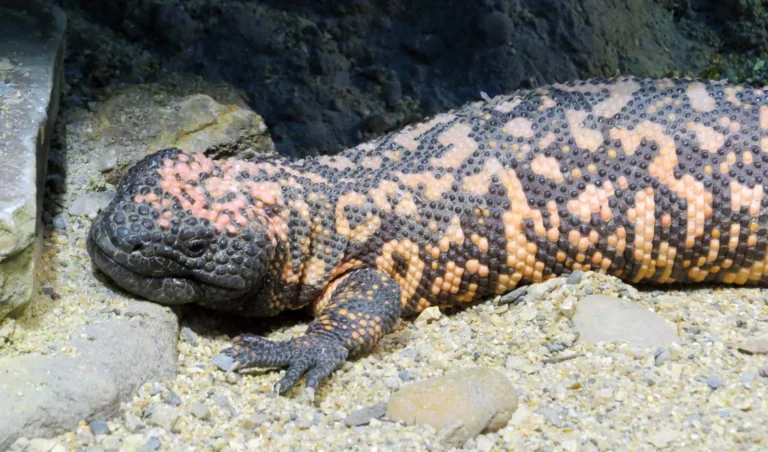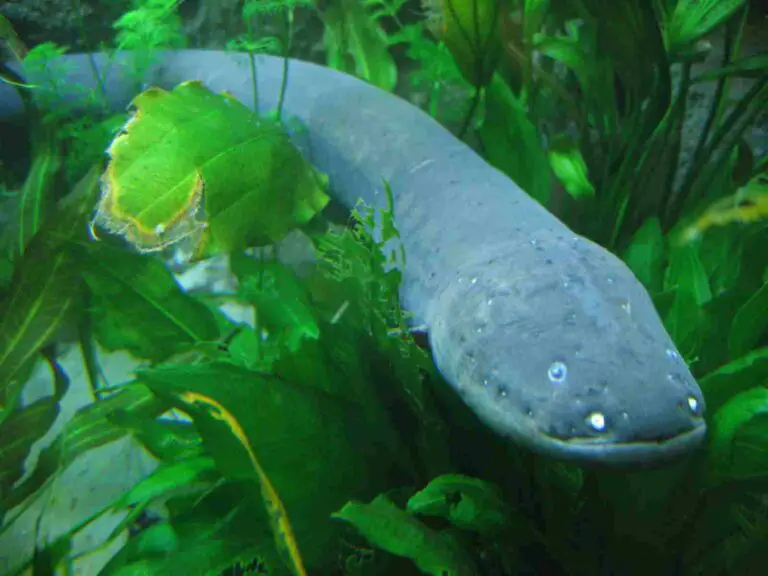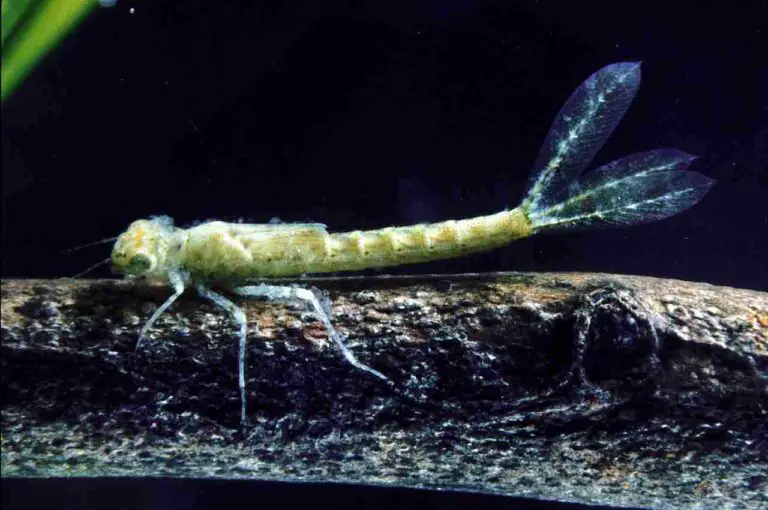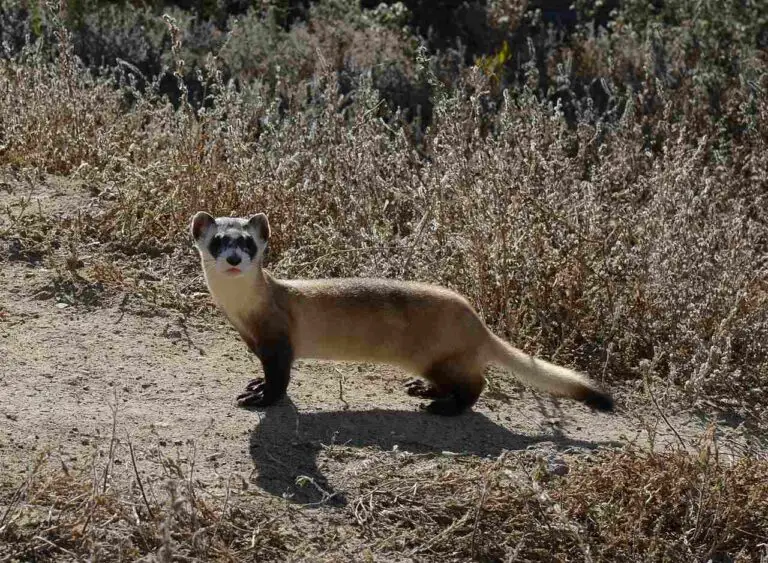What Eats A Coyote? 11 Coyotes’ Predators Discussed
Animals that eat coyotes include; cougars, grizzly bears, black bears, wolves, eagles, alligators, feral dogs, and Canadian lynxes. They are discussed in this article.
What Animals Eat Coyotes?
1). Cougar
The cougar, also known as the mountain lion, is a large feline that can prey on coyotes under certain circumstances. While it is not very common for cougars to target coyotes, it can happen, especially in areas where coyotes are more solitary and not protected by pack behavior.
In deserts and prairies, the cougar is one of the main predators of coyotes. It has the ability to prey on adult coyotes, but it can also target unprotected young coyotes. Cougars are stealthy hunters, relying on their agility and strength to take down their prey.
Cougars are solitary animals, which gives them an advantage when hunting. They are able to stalk their prey without being detected, making them a formidable predator for coyotes. However, the pack behavior of coyotes can provide them with protection against solitary cougars.
When a pack of coyotes is together, they can defend themselves and their young against a cougar. The combined efforts of the pack can intimidate and deter the cougar from attacking. This pack behavior is one of the reasons why cougars targeting coyotes is not very common.
Despite this, the cougar remains one of the main predators of coyotes in certain habitats. Its ability to take down adult coyotes and target unprotected young makes it a formidable threat.
2). Grizzly Bear
Grizzly bears, another large predator, are known to target coyotes if their preferred prey is not available. While coyotes are not their usual or preferred prey, grizzly bears may prey on both adult coyotes and juveniles.
Grizzly bears are powerful and formidable predators, capable of taking down large prey. They have a strong sense of smell and can detect the presence of coyotes in their territory. When food sources are scarce, grizzly bears may turn to hunting coyotes as an alternative food option.
Adult coyotes can be a challenging prey for grizzly bears due to their agility and pack behavior. However, if a grizzly bear manages to catch an adult coyote off guard or separate it from its pack, it can overpower and kill the coyote. Grizzly bears have the strength and size advantage, making them a formidable threat to coyotes.
Juvenile coyotes, on the other hand, are more vulnerable to grizzly bear predation. Young coyotes are less experienced and may not have developed the skills to defend themselves effectively. Grizzly bears can easily overpower and prey on unprotected young coyotes.
It is important to note that grizzly bears may also scavenge on the remains of dead coyotes. If a coyote dies due to natural causes or is killed by another predator, grizzly bears may take advantage of the available food source.
In areas where grizzly bears and coyotes share habitat and territory overlap, the risk of grizzly bears preying on coyotes increases. However, it is essential to understand that coyotes are not the primary prey for grizzly bears. They are opportunistic predators that will target coyotes only when their preferred food sources are scarce.
3). Black Bear
The American black bear is another predator that can prey on coyotes, especially when their habitats and territories overlap. However, coyotes are not the usual or preferred prey for black bears. Black bears are omnivorous and have a varied diet that includes berries, nuts, insects, and small mammals. While they primarily feed on plant matter, they are opportunistic predators and will take advantage of available food sources, including coyotes.
When black bears and coyotes share the same habitat, there is a possibility of interactions between the two species. Black bears may view coyotes as competition for resources or as a potential threat to their food security or habitat control. In such cases, black bears may target coyotes as an alternative food option.
It is important to note that black bears may also scavenge on the remains of dead coyotes. If a coyote dies due to natural causes or is killed by another predator, black bears may take advantage of the available food source. This scavenging behavior is not exclusive to coyotes but is part of the black bear’s opportunistic feeding habits.
Black bears are larger than coyotes and have significant strength and size advantages. However, adult coyotes can be agile and exhibit pack behavior, making them challenging prey for black bears. It is more likely for black bears to prey on juvenile coyotes, as they are less experienced and may not have developed effective defense skills.
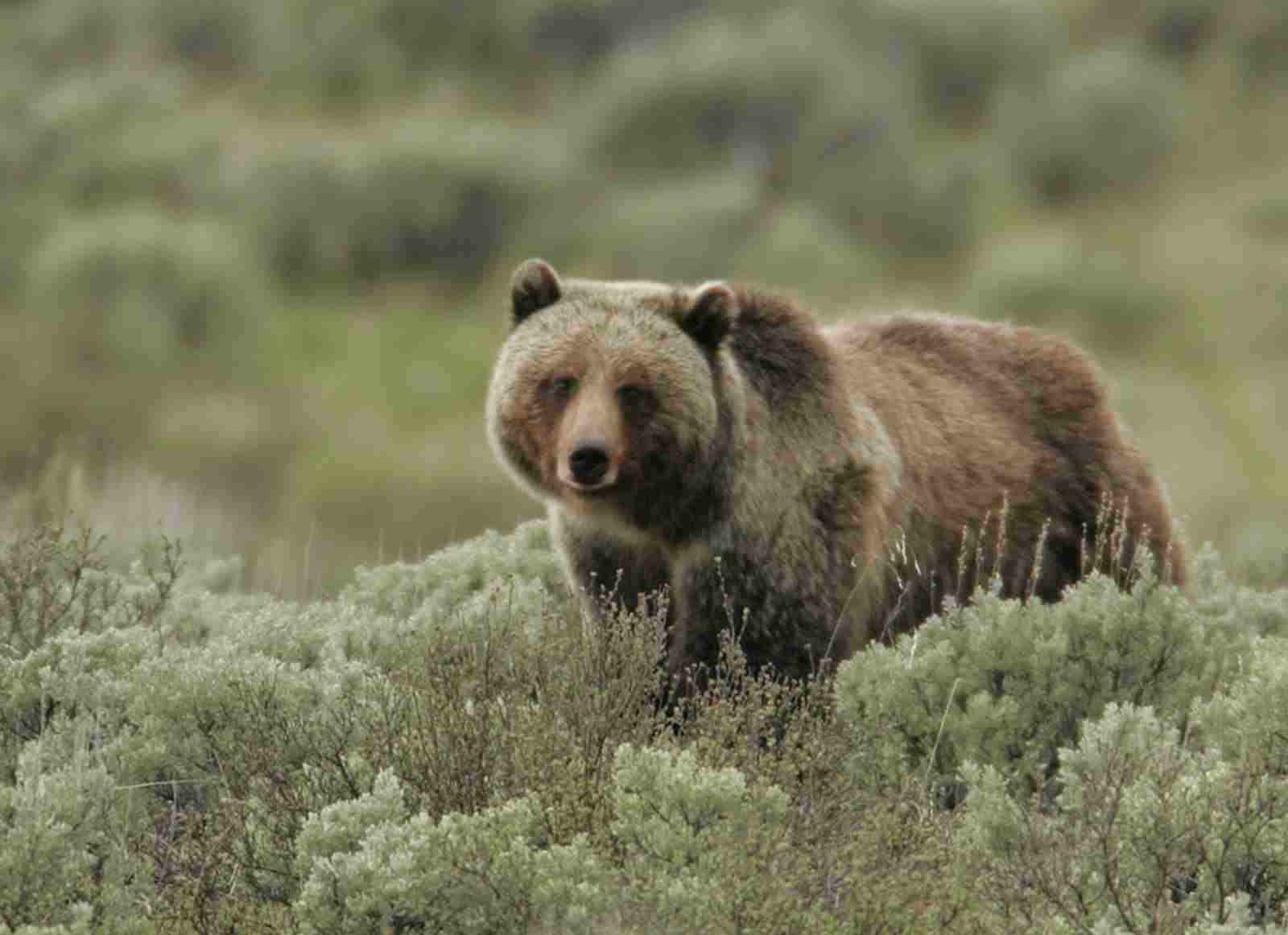
4). Wolf
The gray wolf is the most prominent predator of coyotes, as they often share the same ecoregion and compete for prey. Wolves, like coyotes, are canids but are larger in size. Due to their similar ecological niche, wolves may see coyotes as a threat to their food security or habitat control. As a result, wolves are known to prey on coyotes.
Wolves are highly skilled hunters and have developed efficient pack hunting strategies. They possess strong jaws and sharp teeth, allowing them to take down larger prey, including coyotes. When wolves encounter coyotes in their territory, they may view them as competition and engage in aggressive interactions.
Wolves are social animals that live in packs, which gives them an advantage when hunting. They can coordinate their efforts to surround and overpower their prey. This pack behavior, combined with their size and strength, makes wolves formidable predators for coyotes.
It is important to note that while wolves are known to prey on coyotes, their diet primarily consists of ungulates such as deer, elk, and moose. Coyotes are not their preferred prey, but they may be targeted when other food sources are scarce or when territorial disputes arise.
5). Eagle
Eagles, such as the bald eagle and golden eagle, are formidable predators that can prey on coyote cubs, as well as sick or injured adult coyotes. These majestic birds of prey are active in various habitats, including deserts, prairies, semiarid plains, forests, and even urban areas.
When hunting coyotes, eagles employ an ambush tactic. They perch high in trees or soar above their prey, patiently waiting for the opportune moment to strike. With their powerful talons, eagles swoop down and grasp their target, using their sharp beaks to deliver a fatal blow.
Eagles are known for their exceptional eyesight, which allows them to spot potential prey from great distances. This keen vision, combined with their impressive flying abilities, makes them highly efficient hunters. They can quickly cover large areas in search of food, including coyotes.
While eagles are capable of preying on coyotes, it is important to note that this predation is not a common occurrence. Coyotes are generally cautious and agile, making it challenging for eagles to successfully capture them. Additionally, eagles typically prefer smaller prey, such as rodents, fish, and birds.
6). Alligator
Alligators are large reptilian predators that inhabit aquatic and semiaquatic habitats such as swamps and river banks. These areas are sometimes frequented by coyotes in search of food, making it possible for alligators to encounter them. While it is not very common for alligators to eat coyotes, there have been instances where these powerful creatures have been known to prey on them.
Alligators have a formidable set of jaws and sharp teeth that allow them to capture and consume a variety of prey, including small mammals like coyotes. When a coyote ventures into an alligator’s territory, it becomes vulnerable to becoming a potential meal. Alligators are opportunistic feeders and will seize the opportunity to consume any available food source, including coyotes.
In aquatic environments, alligators have the advantage of being excellent swimmers. They can silently approach their prey, lurking just beneath the water’s surface, waiting for the perfect moment to strike. With a lightning-fast lunge, an alligator can snatch a coyote and drag it underwater, where it becomes helpless against the alligator’s powerful jaws.
It is important to note that while alligators are capable of preying on coyotes, these interactions are not very common. Coyotes are generally cautious and agile, making it challenging for alligators to successfully capture them. Additionally, alligators typically prefer prey that is more readily available in their environment, such as fish, turtles, and smaller mammals.
7). Feral Dogs
Feral dogs, also known as stray or wild dogs, are domesticated dogs that have reverted to a wild state. These dogs may form packs and exhibit cooperative hunting behaviors, which can give them a numbers advantage when preying on other animals, including coyotes. Feral dogs may see coyotes as competitors for prey and territory, leading to occasional instances where they prey on coyotes.
While it is not very common for feral dogs to eat coyotes, these interactions can occur in areas where their territories overlap. Feral dogs are opportunistic feeders and will take advantage of any available food source, including coyotes. Their pack mentality and ability to work together can give them an advantage over solitary coyotes, especially when it comes to hunting larger prey.
In some cases, feral dogs may view coyotes as a threat and engage in territorial disputes. This can lead to confrontations where the feral dogs overpower and kill the coyotes. However, it is important to note that these instances are relatively rare and not a common occurrence.
Feral dogs are an example of an animal that eats coyotes, although their predation on coyotes is not widespread. Their behavior is influenced by factors such as competition for resources and the availability of alternative prey. In areas where feral dogs and coyotes coexist, conflicts between the two species can arise, but they are typically isolated incidents.
8). Canadian Lynx
The Canadian Lynx, a large feline species, is generally smaller than a cougar. While they rarely prey on coyotes, it is possible for them to do so. However, the Canadian Lynx will typically avoid hunting coyotes if the chances of success are low.
The Canadian Lynx is an animal that eats coyotes, although it is not a common occurrence. These felines are known for their ability to hunt small mammals, such as snowshoe hares, which make up the majority of their diet. They have adapted to thrive in cold, snowy environments and are highly skilled at stalking and ambushing their prey.
When it comes to coyotes, the Canadian Lynx may view them as potential competitors for food and territory. In areas where their habitats overlap, there may be occasional instances where a Canadian Lynx preys on a coyote. However, these interactions are relatively rare and not a significant part of the Canadian Lynx’s diet.
The Canadian Lynx’s hunting behavior is influenced by various factors, including the availability of alternative prey and the energy required to capture and kill a coyote. If the Canadian Lynx determines that the chances of successfully hunting a coyote are low, it will likely prioritize other prey options.
9). Great Horned Owl
The Great Horned Owl is a formidable predator that has been known to prey on coyotes, particularly their cubs. These large owls have a wingspan of up to five feet and are equipped with sharp talons that they use to capture and kill their prey. While they primarily feed on smaller mammals like rabbits and rodents, they have been observed taking down young coyotes if they are left unprotected.
With their exceptional night vision and silent flight, Great Horned Owls are well-suited for hunting in the darkness. They have the ability to swoop down on their prey with precision, using their powerful talons to grasp and immobilize their target. Once caught, the owl will use its sharp beak to deliver a fatal blow to the coyote cub.
While the Great Horned Owl is capable of hunting and killing coyotes, it is important to note that these interactions are relatively rare. Coyotes are generally cautious and will do their best to avoid areas where owls are known to nest. Additionally, adult coyotes are much larger and more formidable than their young, making them less vulnerable to owl predation.
The presence of Great Horned Owls in an ecosystem can help to regulate coyote populations, particularly in areas where coyotes are overpopulated. By preying on coyote cubs, the owls can help to maintain a balance in the predator-prey relationship and prevent the coyote population from becoming too large.
10). Vulture
Vultures play an important role in the ecosystem as scavengers, and they are known to feed on coyote carcasses. While vultures do not actively kill coyotes, they are attracted to the remains of coyotes that have died from other causes, such as collisions with vehicles, predation by larger animals, or illnesses.
As nature’s clean-up crew, vultures have a unique adaptation that allows them to consume carrion without getting sick. Their digestive system is highly acidic, which helps them break down and eliminate harmful bacteria and toxins that may be present in decaying carcasses. This ability not only benefits the vultures themselves but also helps prevent the spread of diseases that could affect other animals in the area.
When a vulture comes across a coyote carcass, it will use its keen eyesight to spot the remains from high above. These birds have excellent vision, which allows them to locate food from great distances. Once they have identified a potential meal, vultures will descend upon the carcass in a group, forming what is known as a “wake.” They will then begin to tear into the flesh, using their sharp beaks and powerful neck muscles to access the nutritious meat.
Vultures are efficient scavengers, and they can quickly strip a coyote carcass down to the bones. They play a crucial role in the decomposition process, helping to break down organic matter and recycle nutrients back into the environment. By consuming carrion, vultures help to maintain a healthy balance in the ecosystem and prevent the spread of disease.
11). Other Coyotes
Other coyotes will eat coyote carcasses, although this behavior is not very common. It can be described as cannibalism within the coyote population. When a coyote comes across the remains of another coyote, it may scavenge the carcass for food.
Coyotes are opportunistic feeders, and they will consume a variety of food sources, including small mammals, birds, reptiles, and even fruits and vegetables. While they primarily hunt live prey, they are not averse to feeding on carrion when it is available. This includes the carcasses of other coyotes.
In some cases, a coyote may come across a dead coyote that has been killed by another predator, such as a cougar or a wolf. In these instances, the surviving coyote may take advantage of the easy meal and feed on the carcass. This behavior is not unique to coyotes and can be observed in other carnivorous species as well.
Cannibalism within the coyote population can also occur when resources are scarce. In times of food scarcity, coyotes may resort to feeding on the remains of their own kind as a means of survival. This behavior is more likely to be observed in areas with high coyote populations and limited food sources.
It is important to note that cannibalism among coyotes is not a regular occurrence and is not a significant factor in controlling coyote populations. Coyotes primarily rely on hunting live prey for their sustenance, and cannibalism is more of a rare and opportunistic behavior.
Do Bears Eat Coyotes?
Bears are known to prey on coyotes, especially when coyotes pose direct competition for food and space. While coyotes are not a preferred food source for bears, they will eat them in the absence of alternative options. Bears are opportunistic feeders, and if a coyote is available and easier to catch, they will take advantage of the opportunity. This behavior is more likely to occur when resources are scarce, and bears need to find food to survive.
In the wild, bears primarily rely on a diet of plants, berries, nuts, and insects. However, they are also capable of hunting and consuming small mammals, including coyotes. Bears have a diverse diet and can adapt to different food sources depending on what is available in their environment. While bears may not actively seek out coyotes as prey, they will not hesitate to eat them if the opportunity arises.
It’s important to note that bear predation on coyotes is not a common occurrence, as bears typically have access to a wide range of food sources. Coyotes are more likely to be targeted by larger predators such as cougars or wolves. However, in certain situations where bears and coyotes coexist and resources are limited, bears may view coyotes as competition and may resort to predation.
What Eats a Coyote in the Desert?
In the desert environment, coyotes face a variety of potential predators that are also well-adapted to the arid conditions. One of the main predators of coyotes in the desert is the mountain lion. With their powerful build and stealthy nature, mountain lions are skilled hunters and can easily overpower a coyote. These apex predators are known to roam the desert landscape, making coyotes a potential prey item.
Another formidable predator of coyotes in the desert is the eagle. Eagles, such as the golden eagle, have keen eyesight and impressive aerial agility, allowing them to spot and swoop down on unsuspecting coyotes. With their sharp talons and powerful beaks, eagles can inflict serious harm on coyotes, making them a significant threat.
The desert is also home to the great horned owl, a nocturnal predator that preys on small to medium-sized mammals, including coyotes. With their silent flight and sharp talons, these owls can ambush and capture coyotes under the cover of darkness. Vultures, too, play a role in the desert ecosystem by scavenging on carrion, including deceased coyotes.
In addition to these predators, coyotes in the desert also face threats from other coyotes. While coyotes are known to be highly adaptable and resourceful, they are not immune to intraspecific competition. In times of scarcity, when food and resources are limited, coyotes may resort to cannibalism, with larger and stronger individuals preying on weaker or injured coyotes.
What Eats a Coyote in the Food Chain?
In the food chain, coyotes occupy the role of secondary consumers, feeding primarily on small mammals, birds, and carrion. However, they are not exempt from being preyed upon by other animals higher up in the food chain. Tertiary consumers, such as eagles, wolves, mountain lions, alligators, and bears, can pose a threat to coyotes due to their superior size, strength, and predatory capabilities.
Eagles, with their keen eyesight and impressive aerial agility, are skilled hunters that can spot and swoop down on unsuspecting coyotes. With their sharp talons and powerful beaks, eagles can inflict serious harm on coyotes, making them a significant threat in the food chain.
Wolves, known for their pack hunting behavior, can overpower coyotes through their superior numbers and cooperative hunting strategies. With their strength and agility, wolves can outcompete coyotes for prey and even engage in territorial disputes, further threatening the survival of coyotes in the food chain.
Mountain lions, also known as cougars, are apex predators that can easily overpower coyotes. With their powerful build and stealthy nature, mountain lions are skilled hunters and can successfully prey on coyotes, making them a formidable threat in the food chain.
Alligators, with their powerful jaws and aquatic hunting abilities, can also prey on coyotes. In areas where coyotes venture near water bodies, alligators can ambush and capture them, taking advantage of their size and strength to overpower the coyotes.
Bears, including grizzly bears and black bears, are omnivorous animals that can also prey on coyotes. With their size and strength, bears can overpower coyotes and include them as part of their diet, especially when other food sources are scarce.
In the food chain, coyotes may find themselves vulnerable to predation by these tertiary consumers due to their superior size, strength, and predatory capabilities.
Conclusion
* In this article, we have explored the various predators that pose a threat to coyotes in different ecosystems. From cougars and grizzly bears to eagles and feral dogs, coyotes face a range of formidable adversaries.
* Cougars, also known as mountain lions, are apex predators that can easily overpower coyotes with their strength and stealthy hunting skills. With their powerful build and ability to take down larger prey, cougars are a significant threat to coyotes in the food chain.
* Grizzly bears and black bears, both omnivorous animals, can also prey on coyotes. With their size and strength, bears have the capability to overpower coyotes and include them as part of their diet, especially when other food sources are scarce.
* Eagles, with their keen eyesight and impressive aerial agility, are skilled hunters that can swoop down on unsuspecting coyotes. With their sharp talons and powerful beaks, eagles can inflict serious harm on coyotes, making them a significant threat in the food chain.
* Wolves, known for their pack hunting behavior, can outcompete coyotes for prey and engage in territorial disputes. With their strength and agility, wolves can overpower coyotes and pose a threat to their survival in the food chain.
* Alligators, with their powerful jaws and aquatic hunting abilities, can ambush and capture coyotes in areas near water bodies. Taking advantage of their size and strength, alligators can overpower coyotes and include them in their diet.
* Feral dogs, which are domestic dogs that have returned to a wild state, can also pose a threat to coyotes. With their pack mentality and hunting instincts, feral dogs can overpower coyotes and compete for resources in their shared habitats.
* Canadian lynx, with their stealthy nature and hunting skills, can prey on coyotes in their shared habitats. With their ability to blend into the environment and surprise their prey, lynx can pose a threat to coyotes in certain regions.
* Great horned owls, with their silent flight and powerful talons, are skilled nocturnal hunters that can prey on coyotes. With their ability to swoop down on unsuspecting prey, owls can pose a threat to coyotes in certain habitats.
* Vultures, with their scavenging nature, can feed on coyotes that have already been killed by other predators or have died from natural causes. While not direct predators, vultures play a role in the decomposition of coyote carcasses.
* Other coyotes can also be a threat to their own kind. In territorial disputes or competition for resources, coyotes may engage in aggressive behavior towards each other, leading to injury or even death.
* Generally, coyotes face a range of predators in different ecosystems. From apex predators like cougars and bears to skilled hunters like eagles and wolves, coyotes must navigate a complex web of threats in their quest for survival. Understanding the predators that pose a threat to coyotes is essential for conservation efforts and maintaining a balanced ecosystem.
FAQs
1. What is a Coyote’s Biggest Enemy?
Coyotes face several predators in their natural habitat. One of the biggest enemies of coyotes is the human population, which poses the greatest threat to their survival. Human activities such as hunting, habitat destruction, and urbanization have significantly impacted coyote populations.
In addition to humans, cougars and wolves are also formidable enemies of coyotes. Cougars, also known as mountain lions, are skilled hunters and can easily overpower a coyote. Wolves, on the other hand, are highly social predators that often hunt in packs, making them a formidable threat to individual coyotes.
These predators play a crucial role in maintaining the balance of the ecosystem by controlling coyote populations. However, it’s important to note that coyotes have also adapted to coexist with humans and have even expanded their range into urban areas.
Despite the threats they face, coyotes are resilient and have managed to survive and thrive in various environments. Their ability to adapt and their resourcefulness have allowed them to navigate the challenges posed by their enemies.
2. Do Coyotes Eat Cats?
Coyotes have been known to eat cats, especially smaller ones that may be feral or unsupervised house cats. However, it is important to note that this behavior is not very common. Coyotes are primarily opportunistic omnivores, and their diet consists mainly of small mammals, birds, reptiles, and insects. They are more likely to prey on rabbits, squirrels, and rodents rather than cats.
While instances of coyotes preying on cats do occur, it is important for pet owners to take precautions to protect their cats from potential encounters with coyotes. Keeping cats indoors or supervised when outside can help reduce the risk of them becoming prey to coyotes. Additionally, securing garbage cans and removing other attractants can help deter coyotes from entering residential areas.
3. Do Black Bears Eat Coyotes?
Black bears are known to eat coyotes in forests where their territories overlap. While black bears are primarily herbivores, they are opportunistic omnivores and will consume a variety of food sources, including small mammals like coyotes. However, it is important to note that this behavior is not very common and is more likely to occur in specific circumstances.
When black bears and coyotes share the same habitat, competition for resources can arise. In some cases, black bears may view coyotes as potential prey and may hunt and consume them. However, it is important to remember that this behavior is not typical for black bears and is not a significant threat to the overall coyote population.
4. Do Jaguars Eat Coyotes?
Jaguars and coyotes are rarely found in the same habitat, so the chances of them interacting or encountering each other are minimal. Therefore, it is unlikely that jaguars eat coyotes. Jaguars are primarily found in Central and South America, while coyotes are more commonly found in North America.
Jaguars are known for their powerful hunting abilities and have a diverse diet that includes a variety of prey such as deer, peccaries, and capybaras. They are apex predators in their ecosystems and play a crucial role in maintaining the balance of the food chain. However, coyotes are not typically part of their prey selection.
It is important to note that the diets of animals can vary depending on their geographical location and the availability of prey. While jaguars may not commonly prey on coyotes, it is always possible for individual cases to occur where a jaguar may target a coyote if the setting and opportunity arise. However, these instances would be rare and not representative of the typical relationship between jaguars and coyotes.
5. Do Coyotes Eat Deer?
Coyotes are opportunistic hunters and have been known to take down deer, especially when they hunt in packs. However, it is more common for coyotes to go after smaller prey such as rabbits, rodents, and birds.
When hunting deer, coyotes often rely on cooperative hunting strategies, where they work together to bring down larger prey. They may chase the deer and tire it out before making their move.
It is important to note that coyotes typically target weaker or injured deer, as they are easier to catch. Healthy adult deer are more challenging for coyotes to take down.
While coyotes do eat deer on occasion, it is not their preferred prey. They are more likely to focus on smaller animals that are easier to catch and require less effort.
6. How Likely is it for a Coyote to Eat a Cat?
The likelihood of a coyote eating a cat is relatively low. Adult cats are capable of defending themselves against coyotes, and their owners can also fend off these predators. Additionally, cats are not the preferred prey for coyotes.
Coyotes may only resort to eating cats out of opportunistic behavior, especially if their preferred food sources are not available. However, it is important to note that coyotes generally target smaller animals that are easier to catch and require less effort.
In conclusion, while there is a possibility of coyotes preying on cats, it is not very likely. Cats have their own means of self-defense, and coyotes typically focus on other prey options. It is important for cat owners to be aware of the potential risks and take necessary precautions to keep their pets safe.
7. Are Cats Naturally Afraid of Coyotes?
Cats are naturally afraid of predatory animals like coyotes due to their nocturnal and opportunistic behavior. Coyotes are known to be skilled hunters and can pose a threat to smaller animals, including cats. The presence of coyotes in an area can cause cats to become more cautious and fearful, especially during nighttime when coyotes are most active.
Cats have an instinctual fear of larger predators, and this fear is heightened when they encounter a coyote. The scent and sounds of a coyote can trigger a cat’s natural fight-or-flight response, causing them to retreat or hide to protect themselves. Additionally, cats may exhibit defensive behaviors such as hissing, growling, or arching their backs when they sense the presence of a coyote.
8. Do Coyotes Eat Cats or Dogs?
Coyotes have been known to eat both cats and dogs, although it depends on various factors. The relative sizes and ages of the coyotes and the potential prey play a role in determining whether a coyote will target a cat or a dog. Additionally, the exposure of the prey to coyotes can also influence their likelihood of being hunted.
Coyotes are opportunistic predators, meaning they will take advantage of any available food source. If a coyote comes across a small cat or dog that is vulnerable and easily accessible, it may choose to prey upon it. However, it’s important to note that not all coyotes will actively seek out cats or dogs as their primary food source.
To protect pets from coyote predation, it is recommended to keep them indoors, especially during the nighttime when coyotes are most active. Additionally, securing outdoor areas with fences and removing potential food sources can help deter coyotes from entering residential areas.
9. Do Coyotes Eat Foxes?
Coyotes can indeed feed on foxes, especially if alternative food sources are not available. As opportunistic predators, coyotes will take advantage of any potential meal, including foxes. They may also view foxes as competition for prey and therefore eliminate them from their territory.
In areas where food is scarce, coyotes may target foxes as a source of sustenance. However, it’s important to note that not all coyotes will actively seek out foxes as their primary food source. Their diet primarily consists of small mammals, birds, and carrion.
The relationship between coyotes and foxes can vary depending on the specific circumstances and availability of resources. While coyotes may occasionally prey upon foxes, they also compete for similar food sources. This competition can lead to territorial disputes and occasional predation.
10. Do Coyotes Eat Dogs?
Coyotes may occasionally prey on unprotected small dogs or dogs that are sick or injured. However, it is important to note that coyotes do not typically go after dogs that are larger than them. Their primary diet consists of small mammals, birds, and carrion, and they generally prefer easier prey targets.
Coyotes are opportunistic predators and will take advantage of any potential meal, but they are more likely to target smaller animals that are easier to catch and overpower. Larger dogs are usually not seen as suitable prey for coyotes, as they pose a greater risk and require more effort to subdue.
It is important for pet owners to take precautions to protect their dogs from coyote encounters, such as keeping them on a leash, especially in areas where coyote sightings are common. By doing so, they can minimize the risk of coyote attacks on their beloved pets.
11. Do Bears Eat Coyotes?
Yes, both grizzly and black bears can eat coyotes. Bears have been known to kill coyotes as prey or scavenge on their remains. While bears primarily feed on vegetation, they are opportunistic omnivores and will consume meat when available. Coyotes may become targets for bears if they are seen as a potential food source or if they pose a threat to the bear’s territory or young.
However, it is important to note that bear predation on coyotes is not as common as other predators, such as wolves or cougars. Bears typically prefer larger prey or easier food sources, but they have been observed preying on coyotes in certain situations.
12. Do Coyotes Eat Humans?
Coyotes typically do not eat humans. Adult coyotes are smaller and weaker than adult humans, and they are generally timid and will avoid confrontation with humans. While there have been rare cases of coyotes attacking humans, these instances are quite uncommon. Coyotes may be more likely to target vulnerable individuals such as children, but even these cases are rare.
It is important to note that coyotes may only eat humans as a result of anomalous behavior, such as may be caused by scarcity of their usual food sources. In these situations, coyotes may shift their diet to larger mammals, including humans. However, documented cases of coyotes actually consuming humans are extremely rare.
Coyotes do have the capability to scavenge on human carcasses, but there is no documented evidence of this occurring. It is important to remember that coyotes are opportunistic scavengers and will consume any available food source, including carrion. However, there is no evidence to suggest that coyotes actively seek out or prey upon humans.
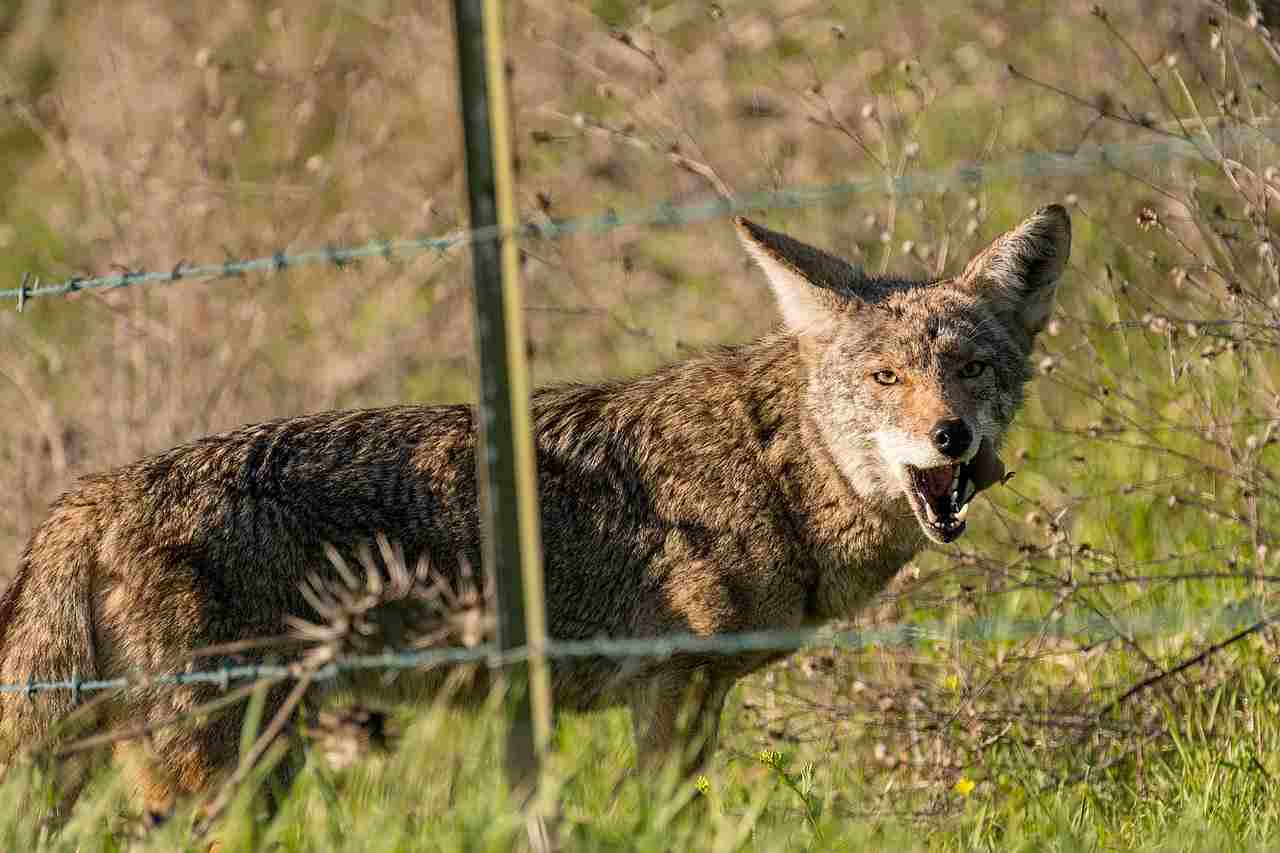
13. Are Coyotes Apex Predators?
No, coyotes are not considered apex predators. They are classified as secondary consumers in the food chain. Apex predators are typically larger or more advanced in their hunting strategies, such as cougars, wolves, bears, and eagles. While coyotes are skilled hunters and play an important role in their ecosystems, they are not at the top of the food chain.
They primarily feed on smaller mammals, birds, reptiles, and insects. However, they can also scavenge on carrion and consume plant matter when necessary. Coyotes’ adaptability and opportunistic feeding habits contribute to their survival and success in various habitats.
14. Do Grizzly Bears Eat Coyotes?
Grizzly bears are known to eat coyotes, although it is not a common occurrence. Grizzly bears are opportunistic omnivores and have a varied diet that includes both plants and animals. While they primarily feed on vegetation, berries, and fish, they are also capable of hunting and consuming small mammals like coyotes.
However, it is important to note that grizzly bears typically prefer larger prey and are more likely to target animals such as elk or moose. The occasional predation of coyotes by grizzly bears is a result of their opportunistic feeding behavior rather than a primary food source.
